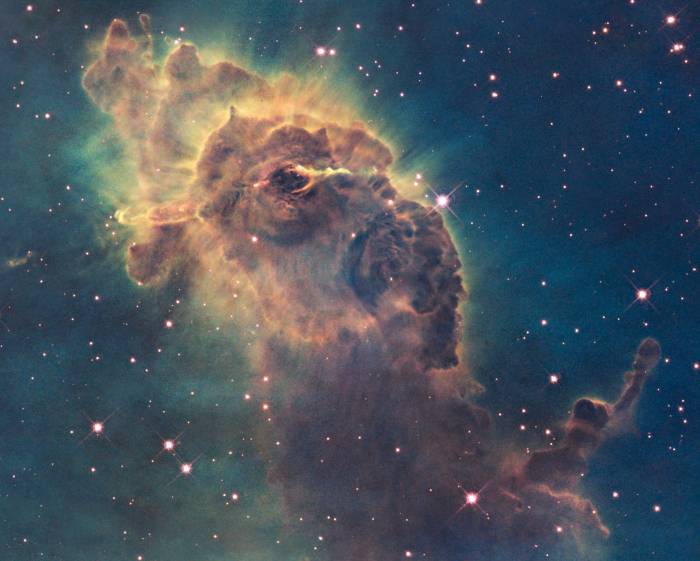But the new precise measurement actually leads to more confusion than it dispels. There seems to be a strange mismatch in the way the universe is expanding – a discovery that could suggest there is an entirely new physics underpinning the universe, waiting to be found.
The mysterious results could be caused by dark matter, dark energy being even more exotic than previously thought, or an unknown new particle in the tapestry of space, Nasa said.
Scientists have long been attempting to work out the rate the universe is expanding – known as the Hubble constant – as precisely as they possibly can. Discovering how quickly it has been growing since the big bang 13.8 billion years ago could answer the most fundamental questions about where the universe came from and where it is going.
But as the measurements have become more precise, they have also become more different. The results that come out of the different ways of measuring the rate of expansion are at odds with each other.
Astronomers have a picture of where the universe was near its beginning, and a measurement of how fast it has expanded since – with those, they should be able to predict where it is now, but the result they get is wrong. That suggests there is either something wrong with the measurements, or with our understanding of the universe.
Scientists had initially been concerned that the discrepancy was the result of an error in one or more of the ways that they are trying to measure the constant. But the new research suggests that is not the case, and that the measurements are correct – but that something undiscovered is changing the way the universe is expanding.
One measurement comes from ESA's Planck mission, which mapped the universe as it looked only 360,000 years after it came into being. By looking at that map, scientists can work out the speed at which the universe came to be where it is today.
But the new Nasa research shows that the expansion rate calculated from that data does not match up with the universe as we see it around us. The new data from the Hubble Space Telescope does not match up with the calculations from the Planck mission.
"The tension seems to have grown into a full-blown incompatibility between our views of the early and late time universe," said team leader and Nobel Laureate Adam Riess of the Space Telescope Science Institute and the Johns Hopkins University in Baltimore, Maryland. "At this point, clearly it's not simply some gross error in any one measurement.
"It's as though you predicted how tall a child would become from a growth chart and then found the adult he or she became greatly exceeded the prediction. We are very perplexed."
The Independent
More about: NASA















































